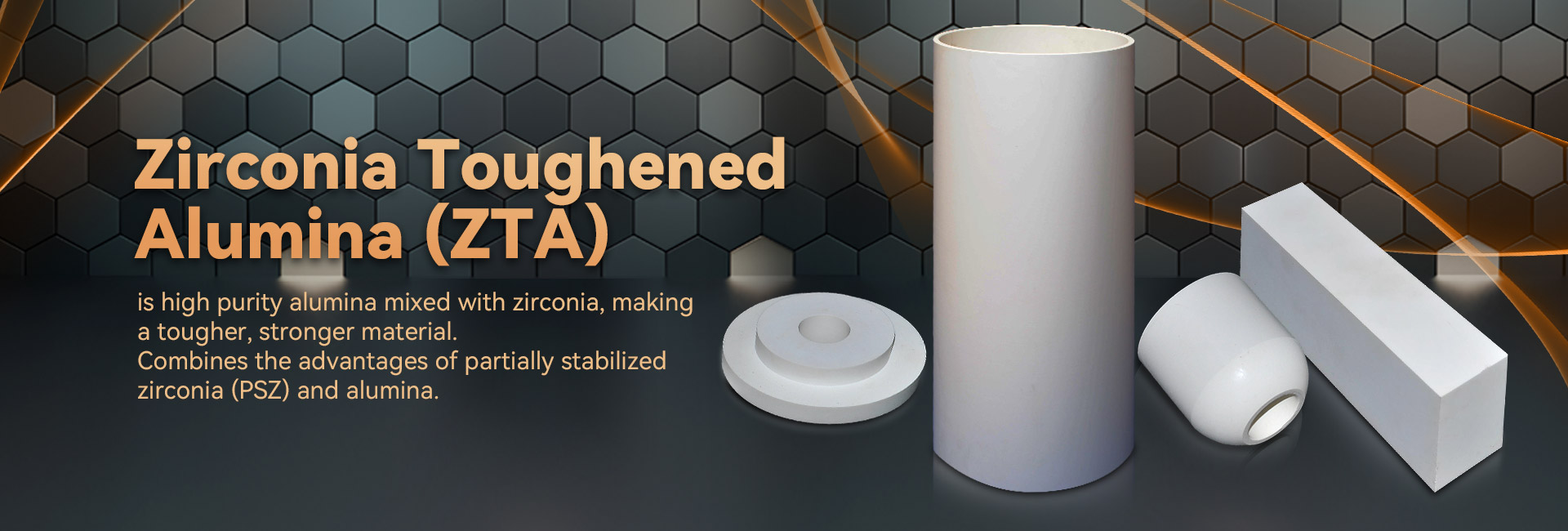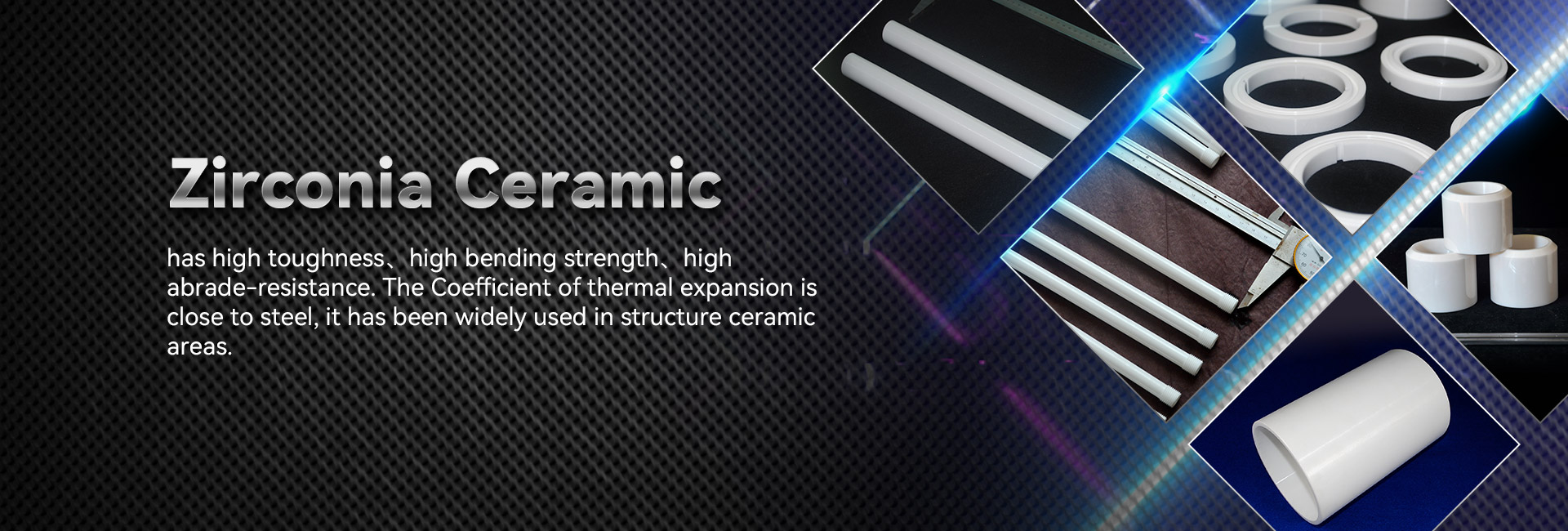
Technological alloy exhibit distinguished material attributes, transforming them fit for a broad selection of operations. Emerging from astronautical and transportation to digital devices, these ceramics are regularly advancing to address the preconditions of a up-to-date realm.
- Their durability and fortification to severe environments make them fundamental for high-performance mechanisms.
- What's more, technical ceramics provide pros in terms of longevity, contributing the evolution of trailblazing methods.
Forming Compounds: Assembled for Enhanced Operation
Created ceramics excel in challenging operations due to their unique elements. Made from exclusive raw components and experiencing meticulous processing methods, these state-of-the-art products reveal peerless durability, degradation resistance, and endurance to critical temperatures, corrosion, and chafing. From orbital elements to carving tools, industrial ceramics supply exceptional effectiveness across multiple industries. Their versatility allows withstanding inimical settings, certifying durability and dependability. As refinement progresses, the call for quality tradables grows, cementing the fundamental role of industrial ceramics in shaping a robust outlook.
State-of-the-Art Ceramics: Surpassing Material Barriers
Material, displaying exceptional strength and persistence, are undergoing a metamorphosis. Pioneering ceramics, crafted with scrupulous control over their constitutions and microstructure, breaking the constraints of what's conceivable. These structures demonstrate a wide assortment of traits, qualifying them tailored for exacting applications such as flight, clinical field, and resources. From low mass parts that survive extreme thermal states to bioinert implants that unite naturally with the physiology, advanced ceramics are recasting our surroundings.
Fine Ceramic Creation: Accomplishing Rigid Criteria
Specialized ceramic fabrication has transformed substantially in recent epochs, permitting the creation of multi-dimensional and highly workable ceramic segments. These items are essential across a multifaceted range of sectors, including aviation, biotechnological, and tech domains. Fulfilling the precise standards for these uses calls for detailed fabrication techniques that warrant dimensional exactness, surface refinement, and material properties. Innovative ceramic fabrication processes employ several methods, including slip casting, injection molding, and additive manufacturing. These practices empower the construction of sophisticated patterns and precise elements with unmatched consistency. Additionally, advances in substance development have spawned new ceramic mixes endowed with boosted peculiarities. These compounds exhibit increased durability, endurance, and tolerance to critical warmth conditions, supporting their use in stringent sectors.
The outlooks for careful ceramic fabrication are considerable. As examinations and development advance, we can anticipate even more sophisticated tactics and structures that will likewise extend the edges of what is manageable in this domain.
Elite Ceramic Materials for Extreme Locales
Modern ceramic composites offer extraordinary toughness and safeguards against extreme ambiences, making them well suited for critical uses in power sectors. These progressive ceramics can tolerate extreme climatic loads, defy deterioration, and maintain their effectiveness under extreme stress forces. Their unmatched microstructural specifications allow consistent work in harsh placements, including high-temperature furnaces, propulsion systems, and nuclear systems.
- Engineered ceramic blends
- Thermal endurance
- Enhanced efficiency
Material Composites: Fusing Rigidity and Functionality
Composite materials present a effective mix of mechanical hardness and distinct tailored capacities. Through the union of ceramic units within a scaffold, these materials achieve impressive efficiency. This mixture results in heightened fortification against high warmth, wearing, and chemical degradation, rendering them desirable for demanding applications in outer space, driving, and utilities domains. Furthermore, ceramic composites are adapted to possess distinct properties like electrical conductivity or biocompatibility, broadening their employability across diverse sections.
Fine Management in Progressive Ceramics
Attaining aimed-for traits in modern ceramics consistently demands thorough manipulation over their small-scale organization. Multiple engineering variables, including sintering thermal exposure, length, and atmosphere, alongside the addition of dopants or ancillary phases, considerably alter the arrangement of microstructures, void fraction, and other microstructural elements. Exact optimization of these conditions allows for the improvement of robustness, break resistance, and temperature conductivity. Such as, increasing the sintering thermal exposure can advance grain development, thus increasing thickness and improving mechanical fortitude. Conversely, modulating the firing atmosphere may influence the oxidation condition of the ceramic, thereby influencing its electrical current flow or magnetic features. Appreciating these relationships between microstructure and properties is necessary for forming advanced ceramics with fine-tuned characteristics suitable for inclusive roles.
Scratching-Resistant Ceramics: Fortifying Strength
Across heavy-duty production fields, where components are forced to constant rubbing and degradation, wares with excellent erosion resistance are vitally crucial. Wear-resistant ceramics have appeared as a dominant fix, providing unparalleled strength and efficiency in wide-ranging domains such as manufacturing, mining, and aerospace. These cutting-edge materials possess a uncommon architecture that elevates their capability to fight crumbling. By applying the inherent durability and compactness of ceramic elements, engineers can develop tough parts capable of surviving the most inimical operating climatic states.
Health-Safe Substances: Purposes in Health Industry
Medical-grade ceramics have recast the health specialty, furnishing an array of useful peculiarities for diverse uses. These materials are biologically stable within the physiology, minimizing allergic responses and encouraging regeneration. A prime use for biocompatible ceramics is in bone fixation devices, where their rigidity sustains long-lasting security to damaged flesh.
Besides, they are used in prosthetic teeth, yielding a sturdy and beautiful solution for oral reconstruction. Ceramics also play a key duty in drug administration, permitting the targeted supply of drugs to specific regions within the organism.
- Over and above, biocompatible ceramics are more often being scrutinized for wound care, serving as a framework for repair.
- Because of this, the destiny of biocompatible ceramics in health industry looks promising, with continual investigations expanding their functions.
Advanced Ceramic Sensors: Advancing Accurate Quantifications
Smart alumina ceramic ceramic detectors have manifested as key elements across a diverse array of markets. These tools make use of the individual characteristics of ceramic compounds to deliver highly reliable assessments. Their resistance in {demanding|harsh| 